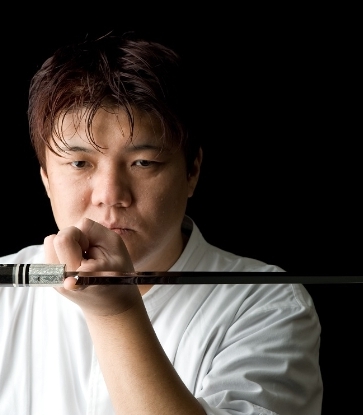Always had a burning question but not sure who to ask? In our regular Ask the Experts section, we do all the noseying about so you don't have to.

In this edition of our regular series, we spend some time understanding sake variations with Charles Ng, a sake connoisseur who has traversed the vast Japanese archipelago in search of Japan’s finest artisanal beer and sake breweries.
He has visited close to 100 sake and beer breweries in different prefectures in Japan to date, tasting more than 1,000 variations of sake and beer. Together with co-founder Joan Lim, they manage Epicurean Nomads, a craft beer and sake distributorship based in Singapore.
- Junmai (純米) refers to sake brewed without the addition of any distilled alcohol, for example, junmai (純米) or tokubetsu; junmai (特別純米酒); junmai ginjo (純米吟醸) and junmai daiginjo (純米大吟醸). They tend to have a richer, more full-bodied profile.
- In this day and age, however, distilled alcohol is added for stylistic reasons, giving rise to non-junmai type sakes, which have more pronounced aromatics and lighter bodies. The following three styles fall into the non-junmai type category: honjyozo (本醸造) or tokubetsu honjyozo (特別本醸造); ginjo (吟醸 ); and daiginjo (大吟醸)

Conversely, if you prefer nice fruit-driven aromatics with a lighter and more transparent profile, zoom in on the ginjos and daiginjos on the menu. While I’m out with friends for yakitori, a well balanced ginjo or daiginjo would be our choice of tipple for the evening. Sipping on a ginjo in between skewers is supremely refreshing and allows us to fully savour morsels of grilled chicken, and it works really well with both shio (salt) and tare (teriyaki sauce).
Semaibuai, or Rice Polishing Ratio
Another thing to look out for on sake labels is the semaibuai, or Rice Polishing Ratio. It is published on most menus and sake label and relates to the grade or classification of the sake. Japanese sake is made with rice that has been polished or milled down and the percentage listed on a bottle refers to the percentage of the rice that remains after the husk of the rice kernel is polished off.
Junmai daiginjos and daiginjos tend to be more refined as more of the proteins and impurities on the outer kernels of the rice grains are removed during the polishing process.
| RICE POLISHING | GRADE |
| 70% | honjyozo / tokubetsu honjyozo / junmai |
| 60% | ginjo / junmai ginjo / tokubetsu junmai |
| 50% or less | junmai daiginjo / daiginjo |
“In our next edition of Ask the Experts, we talk to Amanda Tan, the founder of Zairyo, an online emporium for premium Japanese produce. Send any questions you have for her to lifestyle@michelin.sg with 'Ask the Experts' in the subject title and we’ll help you find the answer.”


















